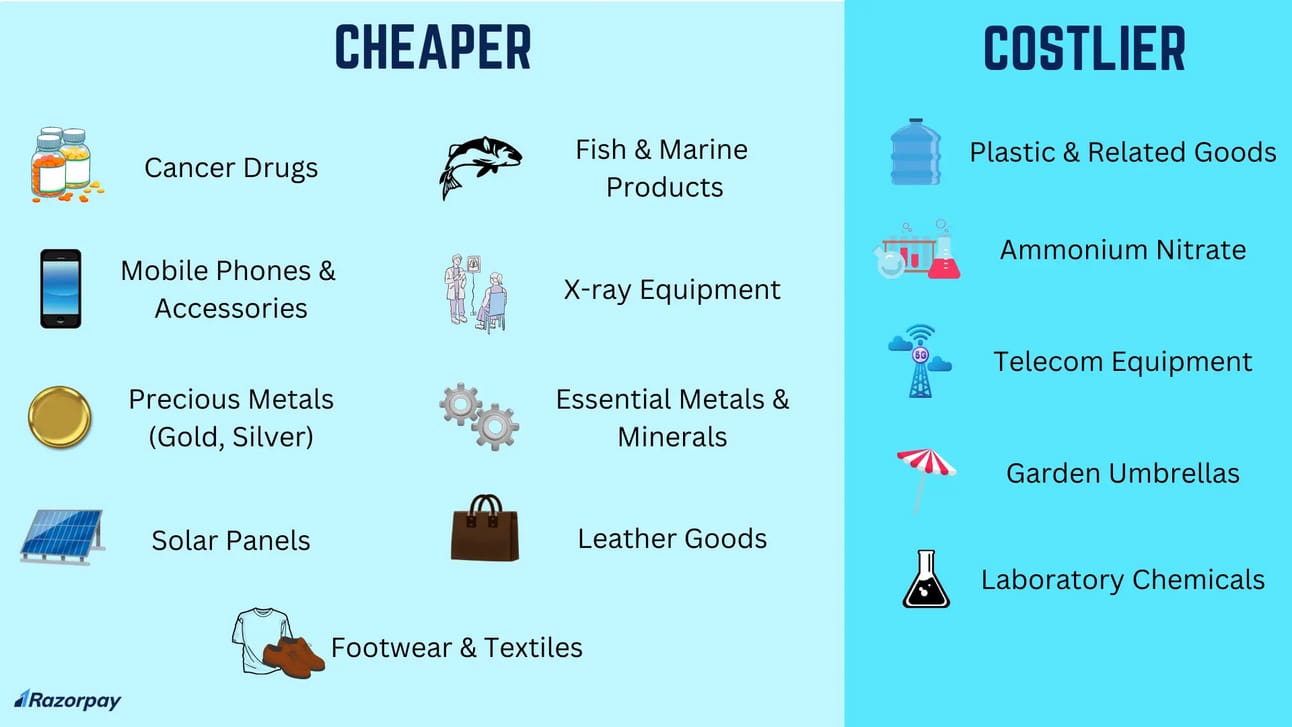- In My Opinion
- Posts
- IMO: Issue #29 - Understanding The Budget
IMO: Issue #29 - Understanding The Budget
Is it a Balanced Act for a Sustainable Future?

Understanding The Budget - 2024

Welcome to our deep dive into the 2024 budget - a vision for boosting employment, enhancing skills, empowering MSMEs, and supporting the middle class, really? Let’s not forget, some changes come at a cost. Let’s uncover the highlights that matter most and see how they impact us.
Let’s dive in…
Key Priorities Outlined:
Agriculture Productivity & Resilience: Ensuring food security and promoting sustainable farming practices.
Employment & Skilling: Creating jobs and upskilling the workforce for a competitive edge.
Inclusive Human Resource Development & Social Justice: Promoting equitable growth and social justice for all.
Manufacturing & Services: Strengthening industrial and service sectors to boost the economy.
Urban Development: Building modern, sustainable cities for a brighter future.
Energy Security: Achieving energy independence and sustainability.
Infrastructure: Developing robust infrastructure for long-term growth.
Innovation, Research & Development: Fostering innovation and technological advancements.
Next Generation Reforms: Implementing forward-looking policies for comprehensive development.
Direct Tax Reforms: More Savings for Us?
For those opting for the new tax regime, there are a few significant changes designed to increase your savings:
Salaried individuals benefit from an increased standard deduction - up from ₹50,000 to ₹75,000. This change aims to reduce the taxable income for a significant portion of taxpayers.
The new tax rates aim to provide relief to middle-income earners not much . Here are the new rates:
Income up to ₹3 lakh: Nil
₹3-7 lakh: 5%
₹7-10 lakh: 10%
₹10-12 lakh: 15%
₹12-15 lakh: 20%
Above ₹15 lakh: 30%
National Pension Scheme (NPS) Contributions:
Tax deductions on employer contributions to NPS have been increased from 10% to 14%, benefiting employees across both private and public sectors.
Simplified Capital Gains Taxation
The budget introduces simplified capital gains taxation to make investment more attractive:
Holding Periods: Simplified to 12 and 24 months for long-term and short-term gains.
Equity Gains: Long-term capital gains on listed securities taxed at 12.5% for amounts above ₹1.25 lakh, providing clarity and predictability for investors.
TDS Reductions: Easier Compliance
TDS rates on various payments have been significantly reduced, effective from October 2024 or April 2025. This move is expected to simplify tax processes and reduce the administrative burden on businesses.
Corporate Tax Cuts
Corporate tax for foreign companies has been reduced from 40% to 35%, making India a more attractive destination for international investments. This reduction aims to boost foreign direct investment and stimulate economic growth.
Support for Startups
The abolishment of the Angel Tax under Section 56(2)(viib) is a significant relief for startups. This change encourages more investments and reduces compliance burdens, fostering a more vibrant startup ecosystem.
Custom Duties: Lower Costs on Essentials
Mobile phones, PCBA, chargers: Basic customs duty reduced to 15%, making these essential items more affordable.
Gold and Silver: Duty cut to 6%, benefiting consumers and the jewellery industry.
Platinum: Reduced to 6.4%, lowering costs for both consumers and industrial users.
What’s Getting Costlier?
Trading in futures and options just got pricier, as the government has bumped up the transaction tax rates here too.

Boosting Agriculture & Employment
Agriculture: ₹1.52 lakh crore allocation with initiatives for high-yield, climate-resilient crops. This investment aims to boost agricultural productivity and ensure food security.
Employment: New schemes offering direct benefits and incentives for EPFO-registered employees and employers, creating more job opportunities and supporting economic growth.
Rural Development: ₹2.66 lakh crore allocated for rural infrastructure, aiming to improve living standards and economic opportunities in rural areas.
Women-Led Development: Over ₹3 lakh crore to promote and benefit women and girls, fostering inclusive growth and empowering women to participate fully in the economy.
MSME and Urban Development
MSMEs: Credit guarantee schemes and reduced onboarding thresholds support small businesses, making it easier for them to thrive and contribute to economic growth.
Urban Housing: PM Awas Yojana Urban 2.0 addresses the housing needs of one crore families, ensuring affordable housing for all and promoting urban development.
Infrastructure and Innovation
Capital Expenditure: ₹11.1 lakh crore for developing robust infrastructure, including transportation, communication, and energy networks.
Research & Development: Initiatives to boost private sector research with a ₹1 lakh crore finance pool, encouraging innovation and technological advancements.
Final Thoughts:
This budget might not seem thrilling at first glance. But by targeting a fiscal deficit reduction to 4.9% of GDP from the 5.1% expected for FY25, aiming for 4.5% by FY26, it performs a delicate balancing act. The government strives to keep both taxpayers and itself satisfied - a challenging but necessary endeavor for sustainable growth.
The overall budget aims for a long-term reduction of the financial deficit and a move towards sustainable governance. But, is this at the taxpayers' expense? Taxing isn't inherently wrong, but a more robust system where taxpayers are rewarded might be needed.
Download Budget 2024
This is just an overview, for the complete Budget Speech, click here
P.S. Don't forget to share this newsletter with your fellow folks! The more the merrier, right?

Reply